Come join us now, and enjoy playing your beloved music and browse through great scores of every level and styles!
Can’t find the songbook you’re looking for? Please, email us at: sheetmusiclibrarypdf@gmail.com We’d like to help you!
Table of Contents
Dave Brubeck Jazz Impressions Of Eurasia
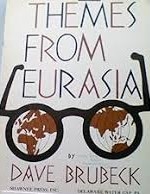
Best Sheet Music download from our Library.
Please, subscribe to our Library.
If you are already a subscriber, please, check our NEW SCORES’ page every month for new sheet music. THANK YOU!
Tracks:
A1 Nomad 00:00 A2 Brandenburg Gate 07:23 A3 The Golden Horn 14:19 B1 Thank You 19:22 B2 Marble Arch 22:56 B3 Calcutta Blues 29:57
Credits: Piano – Dave Brubeck Alto Saxophone – Paul Desmond Bass – Joe Benjamin Drums – Joe Morello
Recorded Columbia 30th St. Studios, New York, July 28 & 30, and August 23, 1958.

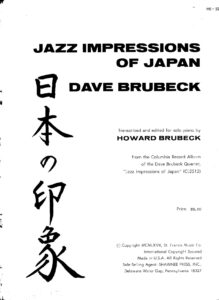
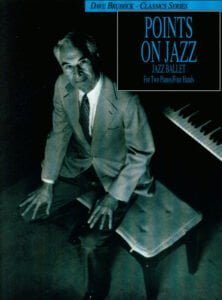
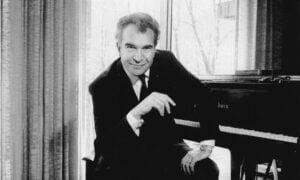
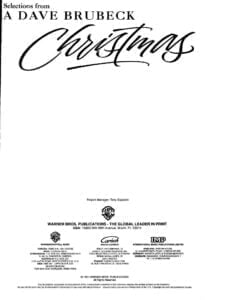





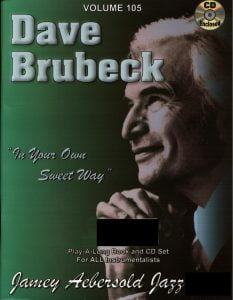

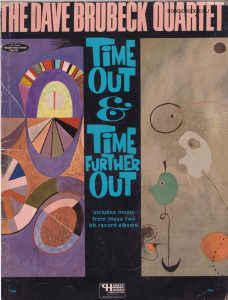
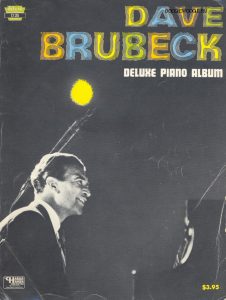
Browse in the Library:
Or browse in the categories menus & download the Library Catalog PDF:
The story behind Dave Brubeck’s Jazz Impressions of Eurasia is a fascinating tale of Cold War cultural diplomacy, artistic inspiration, and the spontaneous translation of experience into music. It’s an album born not in a studio, but on the road during a grueling, eye-opening tour.
Here are the key stories behind its recording:
1. The Catalyst: The 1958 “Jazz Ambassador” Tour
The most crucial element is the context. In 1958, at the height of the Cold War, the U.S. State Department began sponsoring international tours for American jazz musicians to improve the nation’s image and foster cultural exchange. The Dave Brubeck Quartet—consisting of Dave Brubeck (piano), Paul Desmond (alto sax), Joe Morello (drums), and Eugene Wright (bass)—was chosen for an extensive tour across Europe and Asia.
This wasn’t just a series of concerts; it was a diplomatic mission. They played in concert halls, universities, and even for students behind the Iron Curtain, bringing a uniquely American art form to audiences who had rarely heard it live. The experience was profoundly moving for Brubeck, who was deeply affected by the cultures he encountered and the people he met.
2. The “Impressions” Composition Method
Brubeck was inspired to compose music during the tour, not after. He carried a tape recorder with him (a relatively novel device at the time) and would hum melodic ideas into it as they came to him, inspired by the sights and sounds around him.
He didn’t aim to compose music that sounded like the traditional music of these regions. Instead, he aimed to capture the feeling or the “impression” a place left on him. As he stated, the album was “not authentic folk music but rather my impressions, as a jazz musician, of the many places we visited.”
This method resulted in beautifully evocative pieces that are unmistakably Brubeck in style (with its complex time signatures and lyrical modernism) but infused with the spirit of his travels.
3. Key Stories Behind Specific Tracks
The album is a musical travelogue, and each track has its own story:
- “Nomad”: Inspired by their visit to Turkey and the haunting sound of the Islamic call to prayer echoing over the landscape. The melody Desmond plays is meant to mimic the vocal quality of the muezzin’s call. Brubeck’s powerful, rhythmic piano suggests the relentless movement of a desert nomad.
- “Brandenburg Gate”: This piece captures the tense, divided atmosphere of Cold War Berlin. The quartet creates a musical dialogue: Desmond’s lyrical, free-flowing saxophone represents the West, while Brubeck’s dark, heavy, and sometimes dissonant chords represent the oppressive East. The title refers to the famous gate that then stood just inside East Berlin, a powerful symbol of the division.
- “The Golden Horn”: Named for the iconic inlet that divides the European side of Istanbul. Brubeck intended the piece to reflect the waterway’s shimmering, serene beauty. The composition is notably more relaxed and flowing than others on the album, with a lyrical melody from Desmond.
- “Marble Arch”: A musical portrait of London. Its driving, upbeat tempo and clever, playful melody reflect the energy and history of the city. The title refers to the famous 19th-century white marble monument near Hyde Park.
- “Thank You (Dziekuje)”: A direct result of the tour’s diplomatic purpose. After a thrilling concert in Poland, the audience’s applause was so thunderous and prolonged that Brubeck was genuinely overwhelmed with gratitude. He wrote this graceful, thankful waltz as a musical “thank you” (or dziekuje in Polish) to the passionate fans there.
4. The Recording Session: A Burst of Creativity
Upon returning to the U.S. in September 1958, the quartet went almost directly into the Columbia Records studio in New York City. The music was fresh in their minds, and the band’s chemistry was at a peak after months of playing together nightly.
The sessions were remarkably efficient. Because the tunes were built on the impressions and ideas Brubeck had collected on tape, the quartet could develop them collaboratively in the studio. Their telepathic connection—especially the legendary interplay between Brubeck’s block chords and Desmond’s airy, melodic sax—allowed them to capture the essence of the compositions quickly and with palpable spontaneity. The entire album was recorded in just a few days.
5. The Unspoken Story: Eugene Wright’s Role
An underlying, significant story is the presence of bassist Ethanction Wright, who was African American. Sending an integrated band was a deliberate and powerful act by the State Department. At a time when racial segregation was still law in parts of America, showcasing a world-class, racially mixed quartet allowed the U.S. to present a progressive face to the world and counter Soviet propaganda about American racism. The band itself was a symbol of the cultural freedom jazz represented.
Legacy
Jazz Impressions of Eurasia was released in 1959 to critical acclaim. It stands as a perfect companion piece to the more famous Time Out (recorded just a few months later), showcasing Brubeck’s compositional ambition beyond the “Cool Jazz” label.
Ultimately, the album is more than just a jazz record; it’s a historical document. It captures the moment when jazz became a tool of soft power, and one of its greatest practitioners translated a profound cultural journey into a lasting and beautiful work of art. It is the sound of discovery, diplomacy, and artistic inspiration converging.
